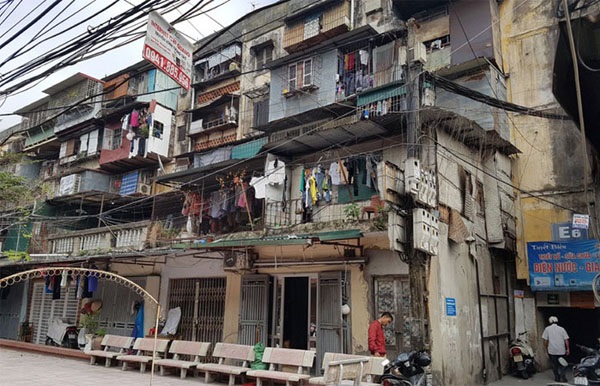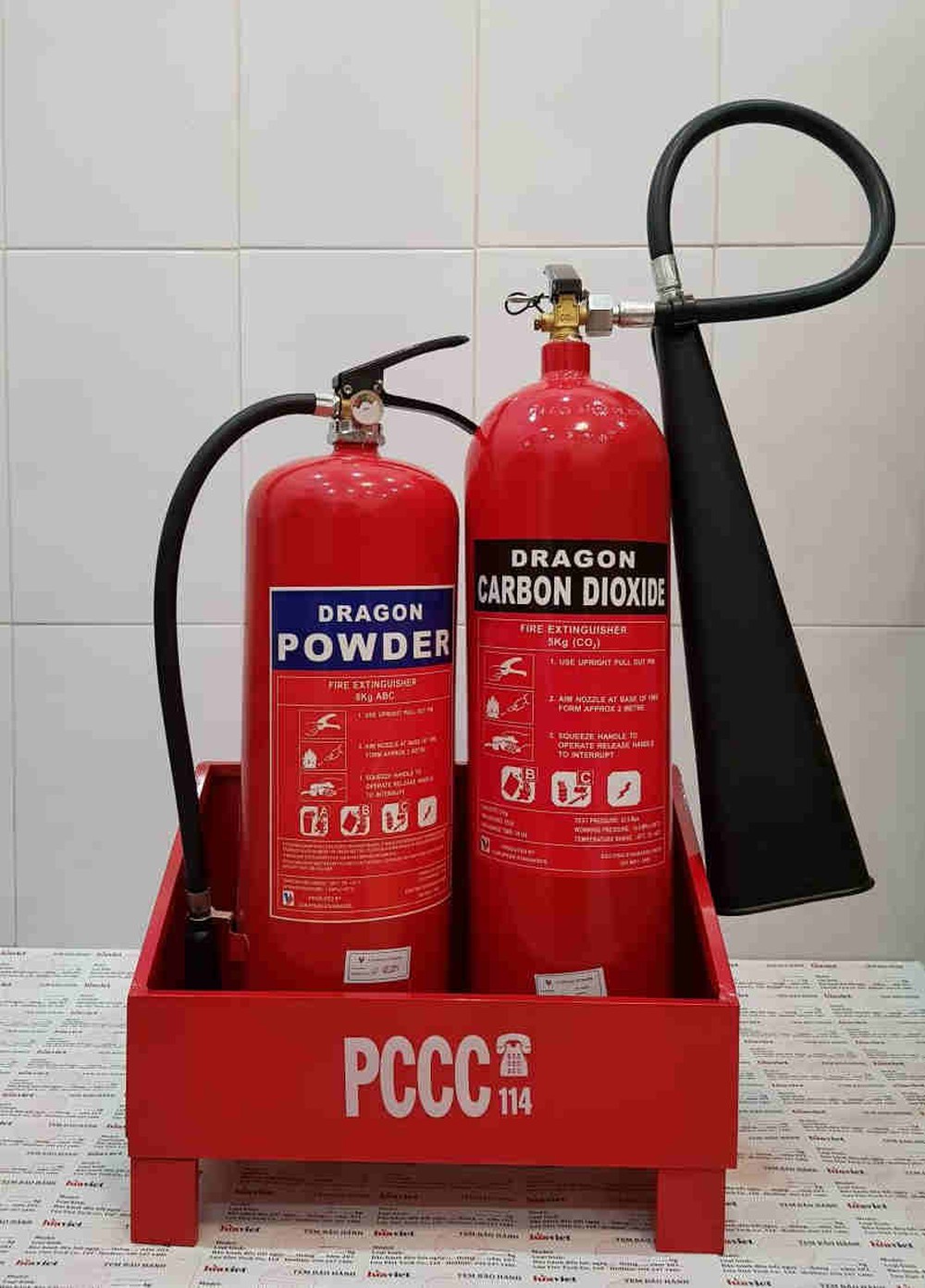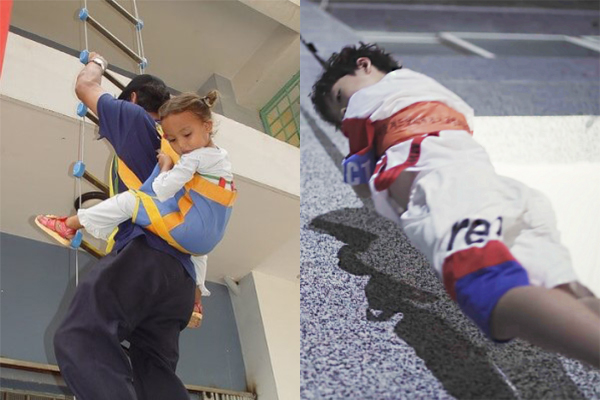Only at the beginning of 2022, many large fires occurred, resulting in human and property casualties. The main cause was determined to be an electrical equipment failure, negligence in the use of a fire source.
In order to effectively prevent fire and explosion, people must clearly understand the causes of fire, how to handle and escape in these cases.
Potential fire hazards in the home itself
Due to electrical equipment
According to statistics of the Police Department of Fire Protection and Industry, by the end of the first quarter of 2022, there were 140 fires in the whole country (accounting for 31.6%) due to breakdowns in electrical systems and equipment. Mainly due to overload of electricity causing short-circuiting of the electrical system.
In the near future, our country officially enters the period of peak heat. The demand for electricity increases, the cooling equipment always works with a large capacity. Therefore, there will be times when 2-3 fires occur in a day, which is normal.
Household combined with business
In Vietnam, many households take advantage of the first and second floors of their houses to do business: grocery stores, furniture stores, pubs, etc.

Many families use or rent out the first floor of the house for business. (Illustration)
In the short term, combining business with housing can save people’s rental costs. However, if you look further, if this type of business occurs, the consequences will be extremely heavy.
In order to do business, the lower floor must contain a lot of furniture, furniture, goods, etc., which are often very flammable. The fire is in danger of spreading rapidly.
Design of the house
In Hanoi, Ho Chi Minh City or other big cities, it is easy to see high-rise tube houses growing close together, or perennial dormitories.
The balconies and windows of the house are protected by iron frames, or “specialties” are the deep alleys, the aisles are less than 1 meter. The vast majority of houses of this type usually have only the main exit for the exit.

Old dormitories have a high potential fire hazard but are difficult to escape. (Illustration)
If unfortunately the fire surrounds this only exit, will people choose to jump out or wait for someone to save them?
With the houses at the end of the alley, the fire truck could not go deep, making it difficult to rescue. If the water pipe could be pulled from outside to the place, the fire would have consumed most of it. The houses next to the wall are also very difficult to avoid being affected by the fire.
The house cannot be changed, so what to do when disaster strikes?
Some prevention measures and ways to escape in the event of a fire
Well equipped with knowledge and skills
Being well equipped with knowledge about fire protection as well as fire escape will help people less panic when bad situations occur. Attending local or residential skills training sessions will be of great help in the rescue process. This helps to reduce casualties for both residents and firefighters.

Fire drills in the local area. (Illustration)
Equip the necessary equipment
– Fire alarm
Fire alarms work continuously for 24 hours. When there are signs such as sudden high temperature, smoke, fire, gas, etc., the device will emit a signal (bell and indicator light) to notify people to promptly prevent fire and explosion incidents.
– Fire extinguisher
There are 3 types of fire extinguishers: powder, foam and gas.
When detecting a small-scale fire, people immediately use fire extinguishers to extinguish the fire.

Types of fire extinguishers commonly used today. (Illustration)
In some cases, when a large fire cannot be extinguished with a fire extinguisher, people can use a fire extinguisher as a tool to help open an exit to the outside. Tools are fixed in close, conspicuous locations: kitchen, or stairs, …
– Escape device
There are two common types of escape devices: rope ladders and automatic escape rope sets.
Escape rope ladder: A tool with high strength and fire resistance at high temperatures. When exiting, the user must actively climb each step until they reach the safe ground. Escape time for each turn depends on the movement speed of each person. For those who are the elderly, young children, people afraid of heights, etc., escaping by rope ladder is not feasible.
Automatic escape rope set: The cable has good bearing capacity, high heat resistance at 1000 degrees Celsius. The device is usually installed in a fixed position: balcony, window, or attic, … That way, users are not in a hurry to find a place to escape.

The automatic escape rope set is easier to use than the escape rope ladder. (Illustration)
Simply fasten the seat belt firmly to the torso, then slowly bring the body out. The user does not need to adjust the speed or use any special skills, the escape rope will bring you safely to the ground in less than 1 minute.
In particular, the device is safe to use for both the elderly, women and children. The product is certified through the safety inspection of the Hanoi Fire Department.
at Blogtuan.info – Source: Soha.vn – Read the original article here



